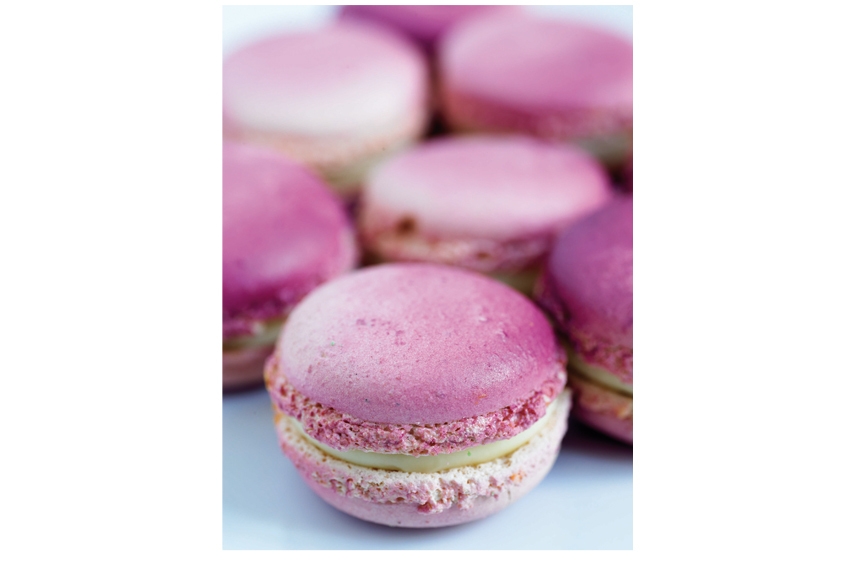The truth is, we could probably all get by with three or four cookbooks; half a dozen at most, which makes my own collection of dozens seem a bit OTT. But what you need among them is a book that covers all the essentials, so that if you’re stuck to know what to do with a pheasant or how to make pastry or need to do something imaginative with cauliflower, you’ve got it all to hand.
One all-purpose volume is the classic Constance Spry Cookery Book (Grub Street, £30), by Constance Spry and Rosemary Hume, first published in the Fifties and now reissued with metric as well as imperial measurements.
It’s very much of its time, obviously, and unabashedly French in temperament, but it’s a cracking, really useful book. And it covers all the ground, from how to make a forcing bag for icing to the original recipe for Coronation Chicken to 25 ways with potatoes to little sections on train food and shooting parties. From the perspective of the Fifties, the author writes:
Remembering as I do the days of immensely long, boring, wasteful dinners, remembering too the starvation which was all too often at our very doors, I cannot forbear to remind you how much respect ought to be paid to food, how carefully it should be treated, how shameful waste is.
Quite.
But even all-purpose cookbooks need to be supplemented, and fans of the tomato may like to know about an updated edition of The Big Red Book of Tomatoes (Grub Street, £15.99), from the admirable Lindsey Bareham. It’s not the best time of year to think tomato, given the horror of off-season ones from Holland, and the praise lavished on Italian and French varieties can make the reader depressed, but if you want to know how to stuff the things, roast them, turn them into sauce or salads or sandwiches, this is your one-stop shop.
If you don’t yourself own a big collection of cookbooks, why not turn to someone who does? Felicity Cloake’s Perfect (Penguin, £18.99) is a genius idea, namely, to go through variants of a popular dish and then give the definitive version of what works best for her, from gravy to chocolate mousse. Must be fun being her flatmate.
The book least likely to count as a kitchen staple is probably Michel Lerouet’s collection, Savoury, of recipes from Ladurée, the Parisian patisserie (Scriptum, £28). But because it looks so fabulous in its sugar-pink box, I can’t bring myself to leave it out. Think of the kind of food that a Right-bank Parisienne might eat, money no object, and you’re there. There are amusing recipes that mimic sweet pastries — Milles Feuilles with Taramasalata, say. Getting hold of ingredients can be a challenge — edible roses, no problem, if you’re prepared to rob gardens — but I was baffled by roucou powder and tomato powder for my Pearl Tapioca with Tomatoes, which looked really pretty, if unsettlingly like frogspawn, and went down well with my guests. There are some interesting ideas inside the velveteen purple cover.
Another classic revisited is The Art of French Baking (Phaidon, £24.95), a compendium of recipes for cakes and desserts by the admirable Ginette Mathiot. Seventy years from first publication, subtly updated, with imperial and metric measurements, the recipes are inviting, unintimidating and delicious, though there isn’t much handholding for the novice.
There’s a more sophisticated take on sweet things with the publication — from Grub Street, £25 — of Pierre Hermé’s Macarons (illustrated above). I’m not pretending these are easy — you need a sugar thermometer — but when they work, they’re fabulous, the confectionary equivalent of a chic, expensive fashion accessory.







Comments